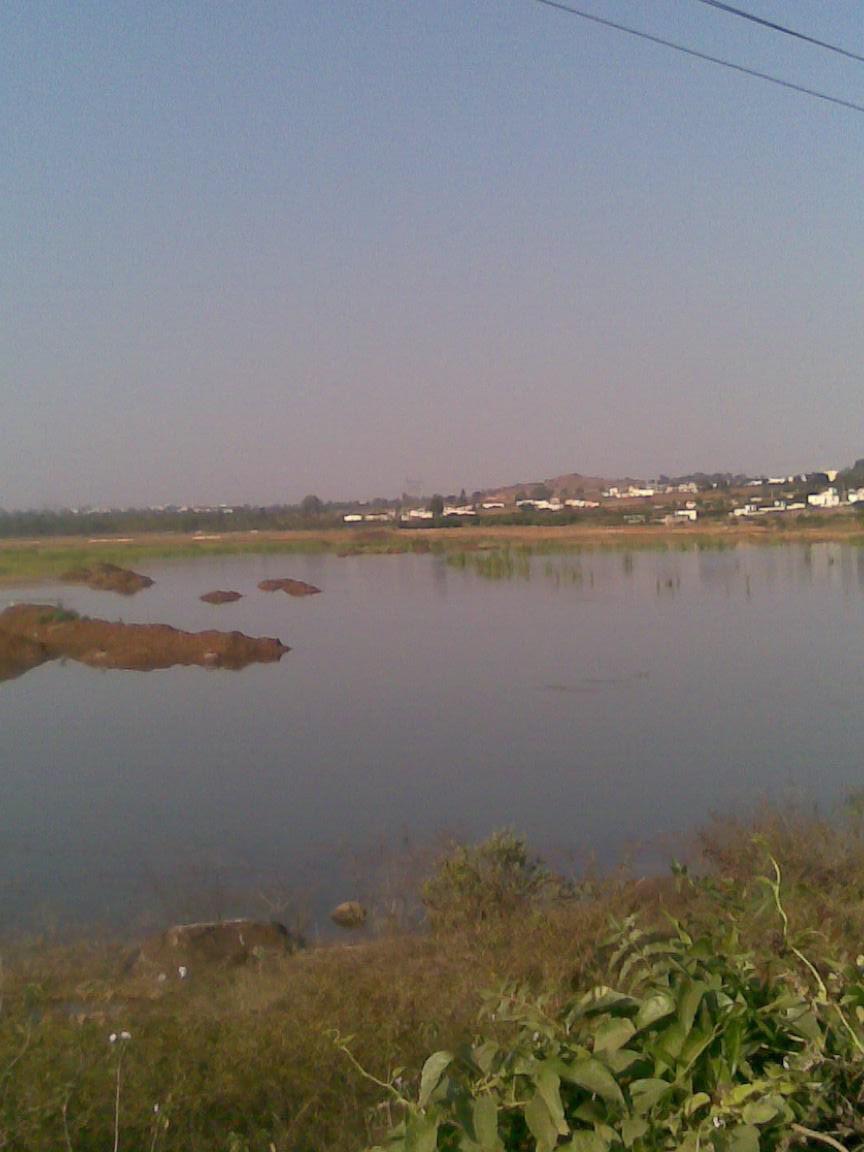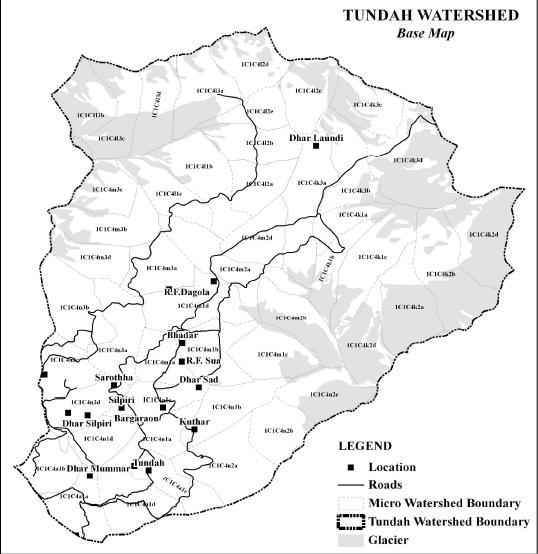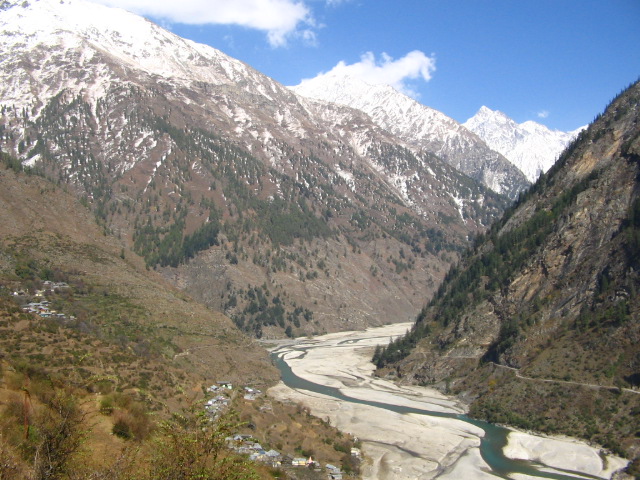/topics/contamination-pollution-and-quality
Contamination, Pollution and Quality
Land, water and local people - A case study of the Bangalore Mysore Infrastructure Corridor - A Masters' dissertation - Tata Institute of Social Sciences
Posted on 15 Jun, 2012 07:28 PM This thesis/report presents the findings of a study that was conducted for the fulfillment of the Masters degree at the School of Habitat Studies, Tata Institute of Social Sciences.
This thesis/report presents the findings of a study that was conducted for the fulfillment of the Masters degree at the School of Habitat Studies, Tata Institute of Social Sciences.
Sarakki lake in Bangalore is almost dead and needs quick action to be revived
Posted on 07 Jun, 2012 04:39 PMSarakki Lake, also known as Jagaranahalli Lake located in South Bangalore is one of the oldest lakes in Bangalore, and once upon a time one of the most glorious. It has now become a reservoir for untreated sewage and a dumping yard for the surrounding neighbourhoods. This lake was a source of water for four villages up until just a few years ago.
Water quality index of surface water bodies of Gujarat, India - Paper published in the Asian Journal of Experimental Sciences
Posted on 25 May, 2012 10:51 PMThis paper from the journal Asian Journal of Experimental Sciences presents the findings of a study that attempted to assess the physicochemical parameters of surface water in Gujarat state to explore the suitability of water
Quantitative geomorphological analysis of a watershed of Ravi river basin, Himachal Pradesh, India - Paper published in the International Journal of Remote Sensing and GIS
Posted on 25 May, 2012 10:10 PM This paper published in the journal International Journal of Remote Sensing and GIS presents the findings of a study that at
This paper published in the journal International Journal of Remote Sensing and GIS presents the findings of a study that at
Water quality of the Bhagirathi, Ganga in the Himalayan region: A study by NEERI
Posted on 19 May, 2012 05:00 PM The Bhagirathi in its upper reaches, here seen near Dharali (Photo: Chicu Lokgariwar)
The Bhagirathi in its upper reaches, here seen near Dharali (Photo: Chicu Lokgariwar)
Fighting water borne disease at the household level
Posted on 16 May, 2012 12:58 PMBeing the second most populous nation in the world with 1.22 billion people, India is all set to take the first position, replacing China by 2030. As per the present population growth rate of 1.58%, India is expected to be a 1.53 billion plus nation by 2030.
Integrated hydrological data book (non-classified river basins) by Central Water Commission, Ministry of Water Resources
Posted on 15 May, 2012 08:37 AMThis data book published by Central Water Commission (CWC) is a compendium of impor
Women and sustainable development - Women’s empowerment is a key factor for achieving sustainable economic growth
Posted on 13 May, 2012 02:50 PMSustainable development depends on an equitable distribution of resources for today and for the future. It cannot be achieved without gender equality. Women’s empowerment is a key factor for achieving sustainable economic growth, social development and environmental sustainability.
Privatisation of urban water supply in Khandwa, Madhya Pradesh - An update from Manthan Adyayan Kendra
Posted on 09 May, 2012 09:53 AMStartling conditionalities
Effects of industrial and agricultural activities on properties of groundwater - A paper published in the Bulletin of Environment, Pharmacology & Life Sciences
Posted on 05 May, 2012 03:24 PMThe main sources of groundwater contamination are industrial, municipal and agricultural wastes (both solid and liquid), rocks, sludge and slimes, refuse, pesticides, herbicides, effluents from livestock and poultry farms. Many pollutants are even able to penetrate into groundwater aquifers.





